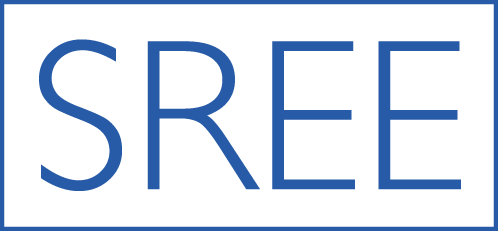Parasympathetic Function: Relevance and Methodology for Early Education Research
Summary by: Lindsay Gomes
The definition of school readiness in the contexts of educational research, practice, and policy has changed considerably over the past 60 years. After a long period of prioritizing academic skills (e.g., letter-shape knowledge), many researchers now emphasize the extent to which young children can control their emotions and behaviors as key to school readiness. This capacity is commonly referred to as self-regulation, which is often defined in terms of volitional, cognitively-mediated processes such as executive functions. In this paper, we assert that understanding children’s parasympathetic function is essential to providing a holistic understanding of self-regulation in the classroom and for informing how the classroom environment can be tailored to most effectively promote young children’s development.
What is parasympathetic function and why is it important?
Parasympathetic function refers to the activity of the parasympathetic nervous system (PNS), one of three neurophysiological systems that support self-regulation. Of these systems, the activity of the PNS is particularly relevant to self-regulation in the classroom, as it is this system that supports calm engagement with environments in which serious stressors are rare. One way to measure parasympathetic function is by examining respiratory sinus arrythmia (RSA), which can be collected non-invasively by monitoring changes in children’s heart rate. In our paper, we provide examples of RSA data collected in the preschool classroom during the Leaning, Emotion, and Play in School (LEAPS) study, one of which is reprinted here as Figure 1.

Figure 1: Fluctuations in PNS activity for two children
What do PNS activity and self-regulation look like in the classroom?
The data displayed in Figure 1 show that PNS activity fluctuates widely over relatively short periods of time. In this example, 10 minutes of cardiac data are represented, broken down into 30-second epochs. Understanding how these fluctuations map on to changes in the classroom environment has the potential to offer insight into how children are recruiting the resources of the PNS in response to changes in that environment, including situations that require exercising volitional processes of self-regulation.
This insight can, in turn, help us to understand how parasympathetic function contributes to deficits in self-regulation among young children, or, more hopefully, how PNS activity can mitigate the deleterious influence of environmental risk on self-regulation.
Where do we go from here?
Knowing what is happening “under the skin” of young children in the classroom may refine our understanding of best practice for classroom activities, curricula, and the classroom strategies that teachers employ, ultimately allowing educators to tailor instruction to maximize the benefit of that instruction for their students. While the study of parasympathetic function in educational contexts is just beginning, this research has the potential to contribute to the creation of more effective learning environments for young children.
Full Article Citation:
Holochwost, S. J., Propper, C. B., Rehder, P. D., Wang, G., Wagner, N. J., & Coffman, J. L. (2019). Parasympathetic Function: Relevance and Methodology for Early Education Research. Journal of Research on Educational Effectiveness, 12(4), 728-749, DOI: 10.1080/19345747.2019.1631422.
